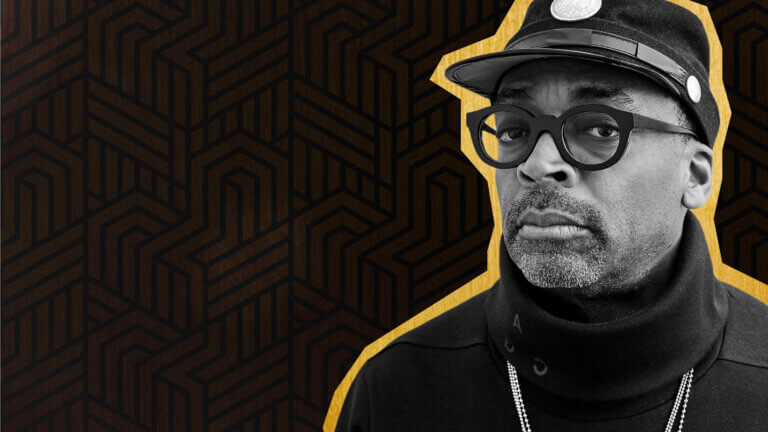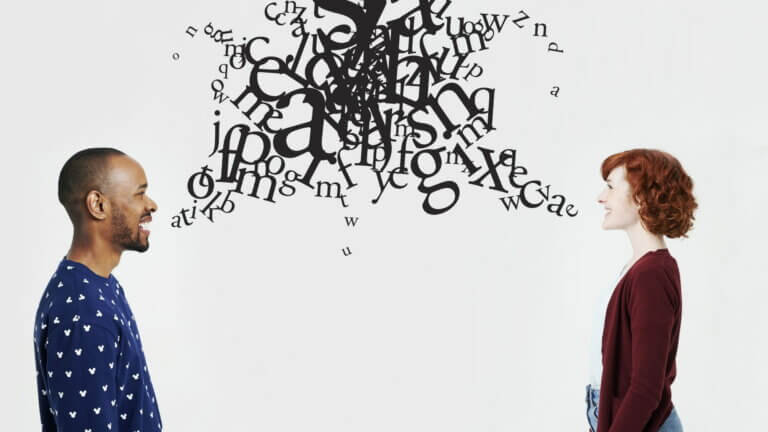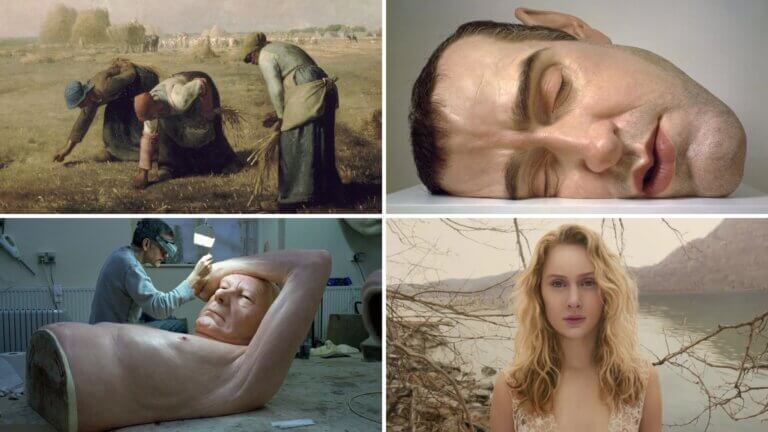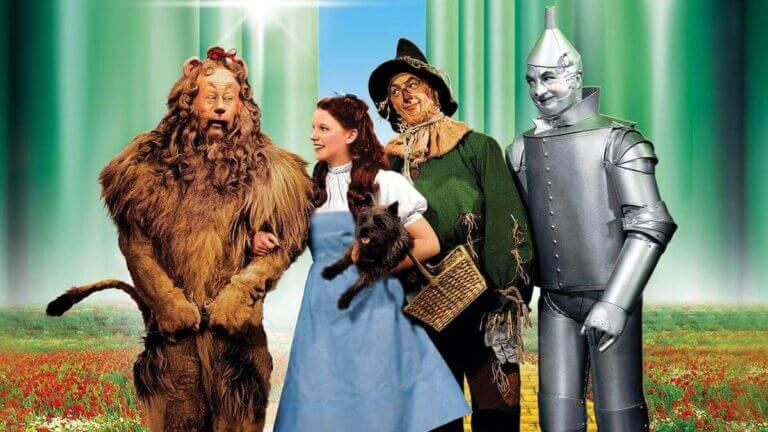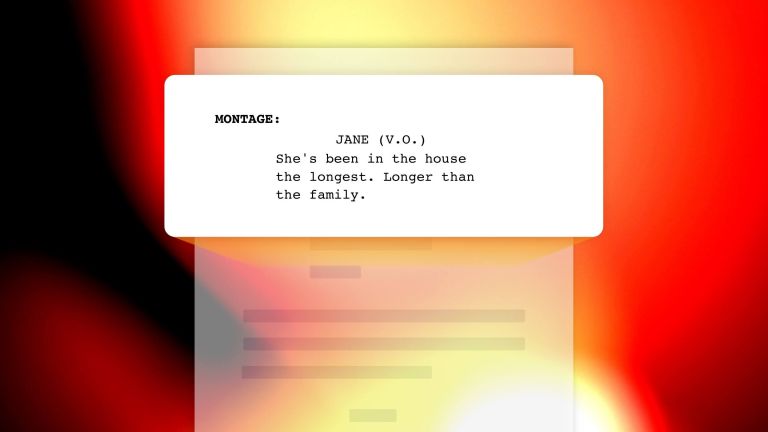Since his feature-length debut in 1986 with She’s Gotta Have It, Spike Lee has remained one of the most important and innovative voices in the film industry. No one has had their pulse on the zeitgeist quite like Lee, and even when he flounders, you can’t help but be impressed with what he manages to get right.For this list, we’re looking at the 22 feature-length narrative movies he’s directed over the years as well as a TV show based on one of his most famous films. Get ready for another StudioBinder joint because we’re ranking the best Spike Lee films…
What is denotation? Denotation is something we apply every second of our lives, but we rarely give conscious attention to it. Today, we’re going to explore what denotation is and how we can recognize it in film, literature and everyday life. We'll also explore what makes denotation different from connotation. By the end, we’ll know how to recognize the denotation of words and signs like a pro. Continue reading What is Denotation — Definition & Examples for Writers
Every story, whether told through literature or film, thrives on the rising action—the heartbeat of any compelling narrative. As an aspiring writer or storyteller, mastering this element can transform your work from simple text or scenes into a captivating journey. In this article, we'll explore how to craft this crucial component, drawing lessons from both mediums. Let's dive into the art of escalating tension and suspense that keeps audiences hooked.Continue reading What is Rising Action in a Story — Examples & Techniques
We often describe a movie we’ve seen, a novel we’ve read, or even a video game we’ve played (such as Red Dead Redemption) based on how “realistic” it seems -- how closely it hews to real life experiences or feelings. But movies, novels, and games are by their definition not real. They are fictional creations imagined by writers and filmmakers. So what, then, do we actually mean when we claim that something is realistic? As with most things, it helps to first understand the origins of the Realism art period, which presaged the idea of Realism in literature, drama, and film.…
If you’ve ever seen a trailer to a sequel of one your favorite movies, you know what it's like to be emotionally conflicted. On one hand, you would love to see the characters of a film you love back on the big screen. But on the other hand you really hope they don’t mess it up. Unfortunately, the latter happens all too often. What is a sequel to you — a promise of greatness or the threat of failure?In a time when Hollywood is cranking out more franchises, remakes, and reboots than ever before, it’s important to understand the differences…
What is Technicolor? Whether you knew at the time or not, you’ve probably seen a Technicolor movie. If you’re trying to recall an example, just think, color, color, color. Technicolor changed the course of cinema forever with bright and bold visuals, saturated to the point of near-surreality. We’re going to look at some examples of Technicolor in films like The Wizard of Oz and The Godfather but, first, let’s check out a quick video to see where it started.Continue reading What is Technicolor? Definition and History Explained
Screenplay transitions in cinema have been used ever since filmmakers had the ability to edit. At first, what was a simple cue to an editor of when to cut to another shot or scene has become another tool for a filmmaker to creatively tell a story. Fades, wipes, and match cuts are a few examples of how the transition has evolved to more creative uses. It is important for any screenwriter to understand the format and use of transitions in a screenplay to make them a more well-rounded writer. Let’s dive into how to write transitions in a script and…
Montages can be an incredibly useful filmmaking tool if utilized correctly. They can condense time, intertwine storylines, and be used for comedic or dramatic effect. Some montages are completely visual with no dialogue. Others may utilize voiceover from a narrator or dialogue for the film’s narrative. If your montage is the latter, stick around to find out how to write in screenplay format voice-over montages that will elevate your script.Continue reading How to Write a Voice Over Montage in Screenplay Format
How many times have you watched a movie’s end credits and asked “What’s a Best Boy?” Among the many credited film crew members on a production, the Best Boy title might be one of the most curious, simply because the title indicates so little. You probably have questions like “What is a Best Boy?” and “What does a Best Boy do?” And luckily, we have answers.Continue reading What is a Best Boy in Film? Job Description and Duties Explained
Storyboards are an integral part of making movies. They are also a clever way to showcase an idea, whether it’s for a film project, video game, or television commercial. Even though storyboards can vary in their presentation, they must always present information for everyone in an easy to understand way, often in the form of storyboard notes. But what are storyboard notes and why should you make sure to have them?Continue reading Storyboard Notes — A Guide to Making Storyboard Annotations
